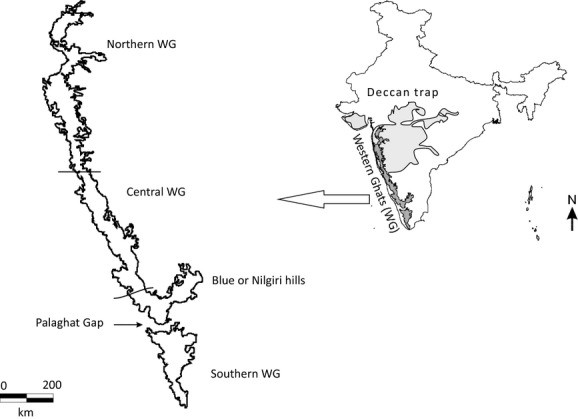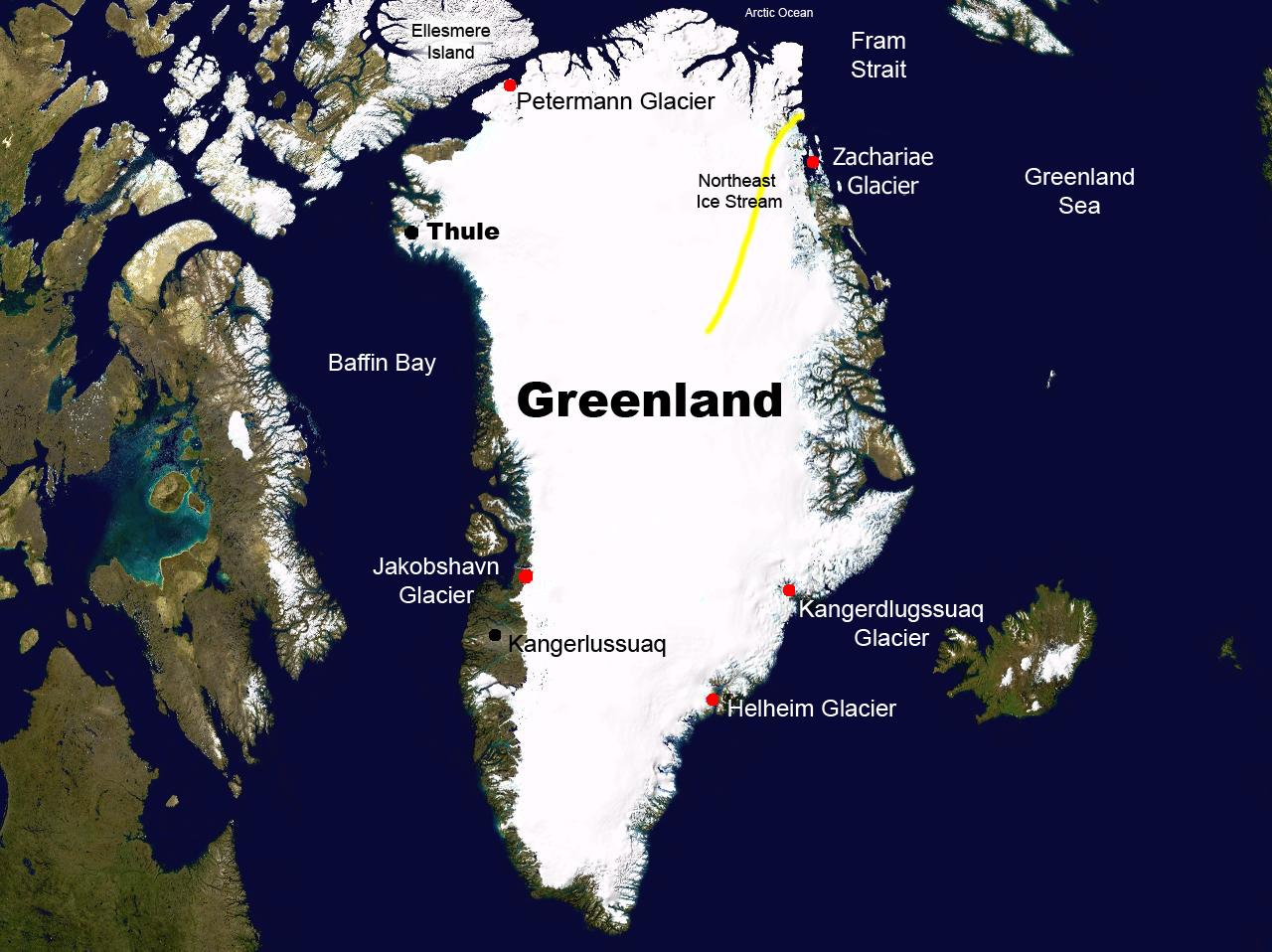The Palghat Gap is a significant discontinuity in the Western Ghats, which has unique features from the rest of Western Ghats.

Species richness is the number of species present in the community, while phylogenetic diversity is the summed evolutionary age of all the species in the community.
References
The cyclone Mocha is the strongest cyclone on earth so far in this year.
‘Stalling’ is a phenomenon where a cyclone sustains on a water body, gaining moisture for a longer time before entering the land.
| Name | Area |
| Hurricanes | The North Atlantic Ocean and the eastern North Pacific |
| Typhoons | The western North Pacific around the Philippines, Japan, and China |
| Tropical cyclones or cyclones | The western South Pacific and Indian Ocean |
References
Gharial in Pakistan
A gharial (Gavialis gangeticus) has been seen in Pakistan’s Punjab province for the first time after three decades.
|
Protection |
Status |
|
Wild Life (Protection) Act, 1972 |
Schedule I |
|
IUCN |
Critically Endangered |
|
CITES |
Appendix I |
References
Glaciologists have found the grounding line of Petermann Glacier in northwest Greenland to shift substantially during tidal cycles.

References
The government said green hydrogen bunkering and refuelling facilities shall be established at all major ports by 2035.
Maritime India Vision (MIV) 2030, the roadmap prepared by MoPSW for the maritime sector in the country, aims to strengthen the maritime sector through concerted interventions.
|
India’s Ports
|
References